The aftermath of World War II saw a remarkable transformation in family life across England. From the development of new homes to the rise of personal car ownership and the spread of modern conveniences, the 1950s marked a shift from austerity to affluence. This article explores how British families embraced a new way of living, shaping a modern consumer society that still influences today’s culture.
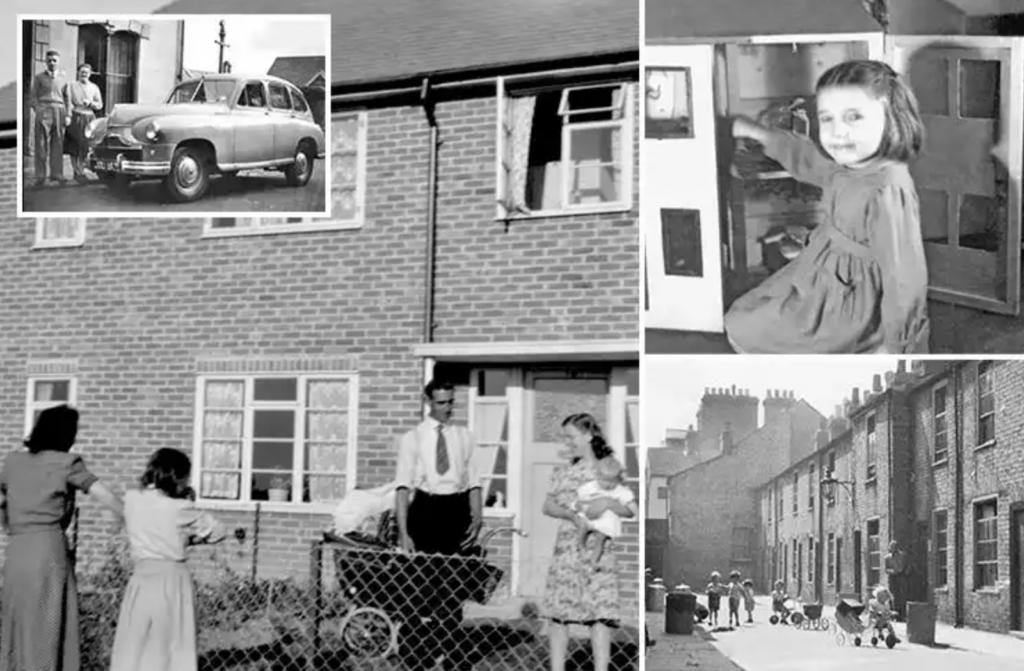
Image: Getty Images
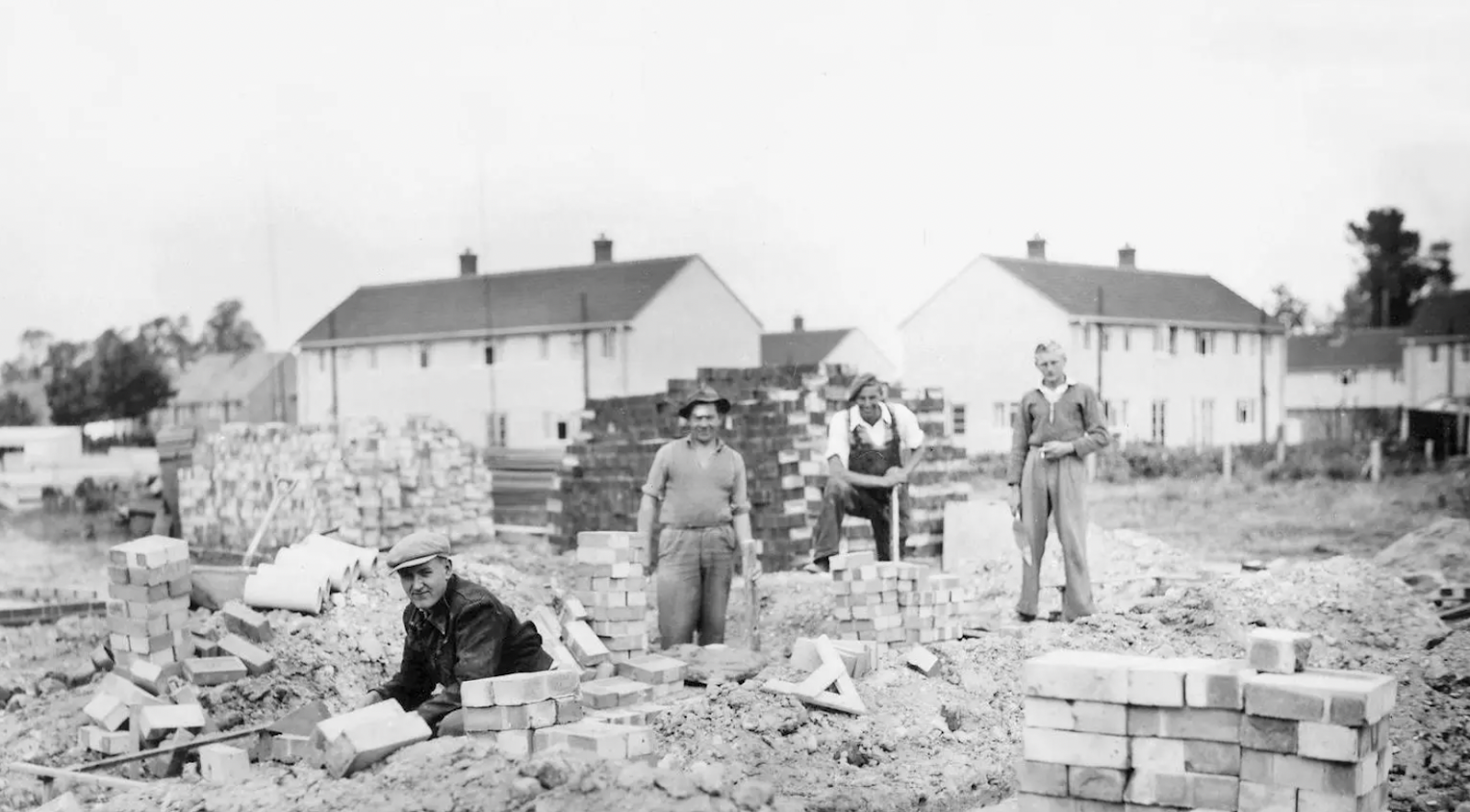
Image: Getty Images
The Post-War Housing Boom: Rebuilding a Nation
The devastation of World War II left England with a significant housing crisis. Over four million homes had been destroyed, especially in major cities that suffered heavy bombing. In response, the government launched an extensive housing program, leading to the construction of more than two million homes during the 1950s. Two-thirds of these were local authority housing, including large-scale estates that provided affordable living spaces for working families.
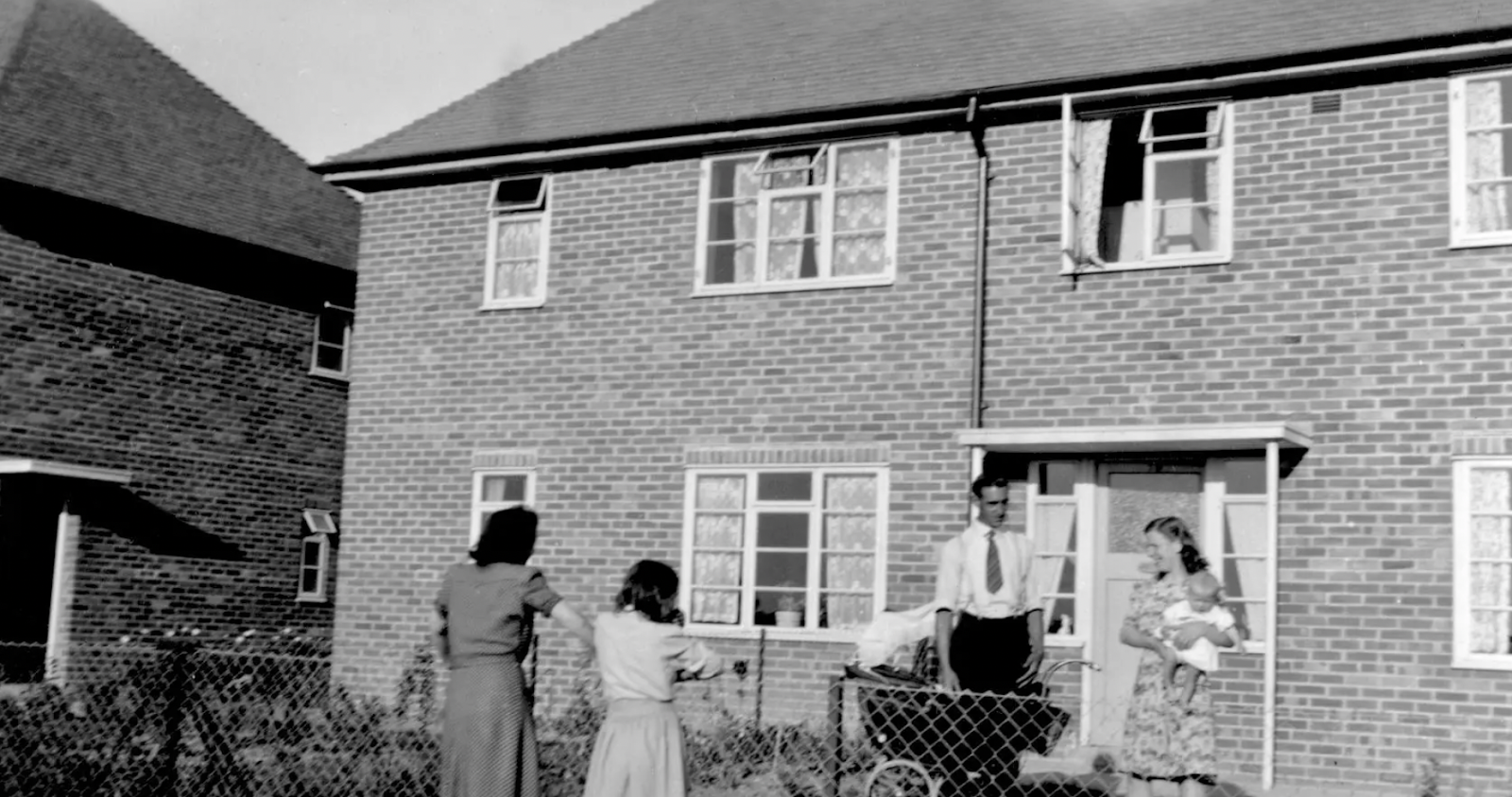
Image: Getty Images
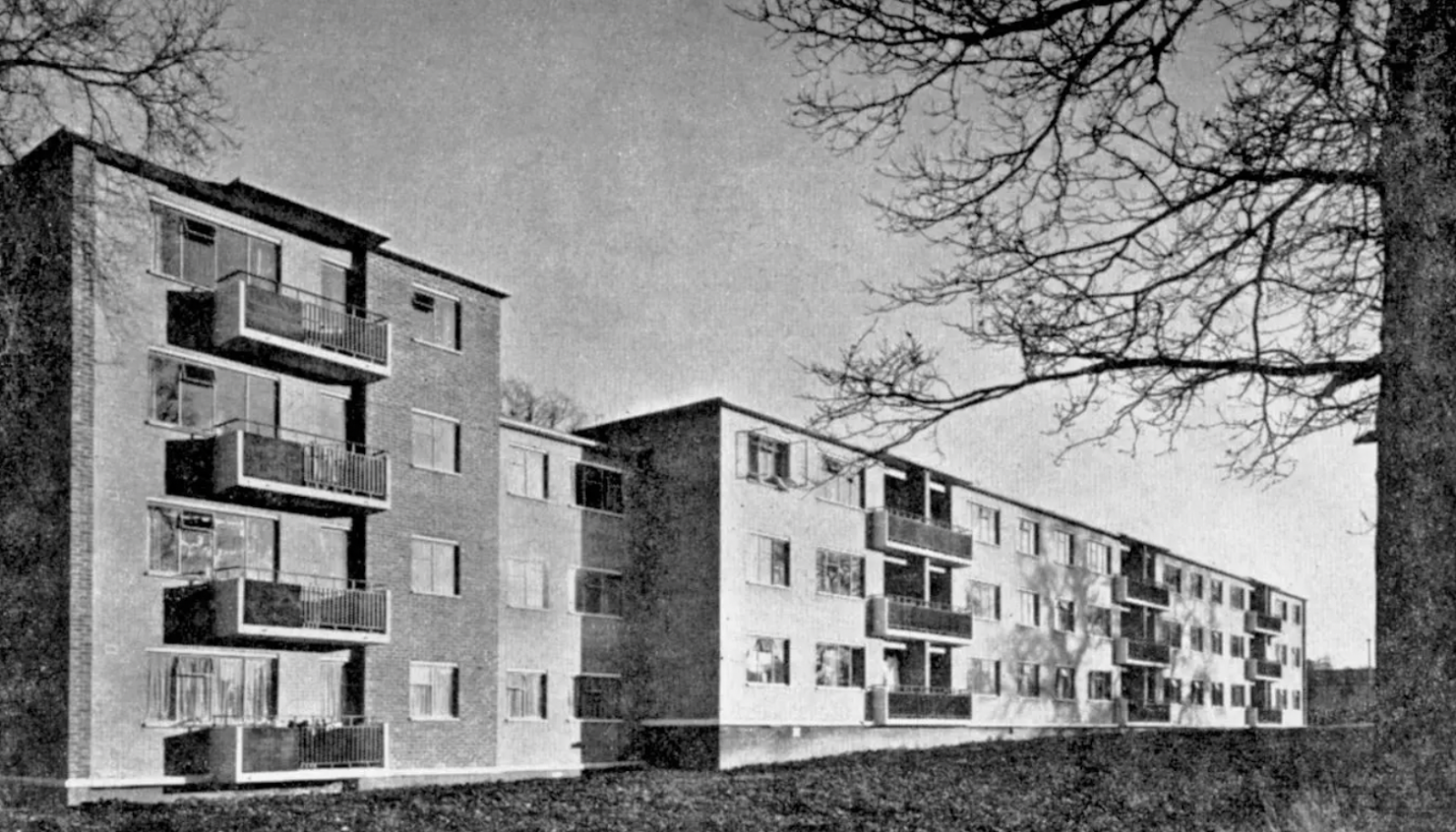
Image: Getty Images
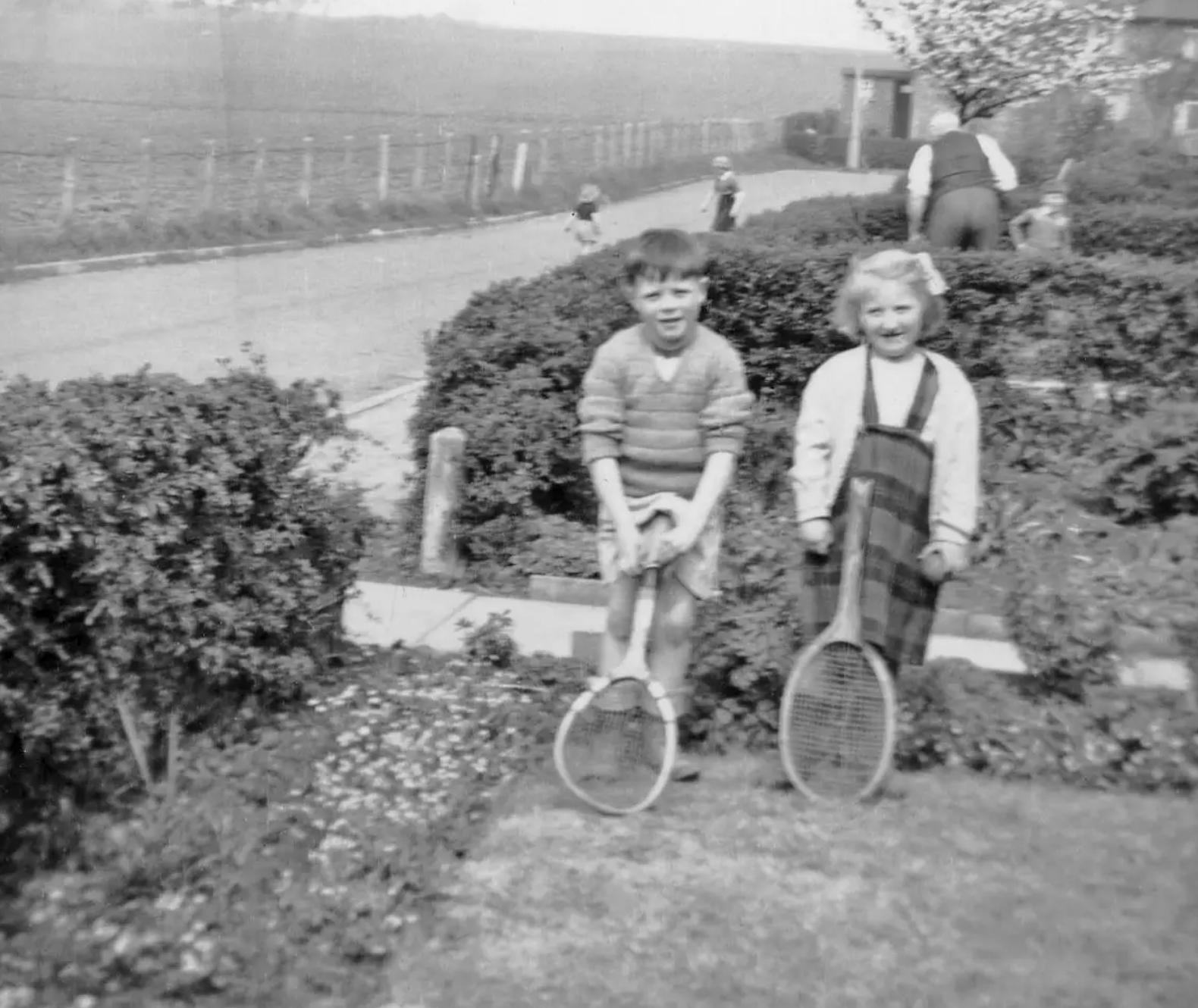
Image: Getty Images
New suburban developments quickly emerged, offering homes equipped with modern amenities like indoor plumbing, electricity, and improved heating systems. These changes provided families with a better quality of life and reinforced the vision of a prosperous future. As a result, neighborhoods flourished, creating tight-knit communities where children played in the streets and families socialized in newly built parks and recreational spaces.

Image: Getty Images

Image: Getty Images
The Rise of Car Ownership and Mobility
One of the most visible symbols of post-war affluence was the dramatic increase in car ownership. During the early 1950s, owning a car was a luxury few could afford, but by the middle of the decade, an economic boom led to greater financial stability and increased disposable income. This allowed many families to invest in personal vehicles, transforming how they lived and worked.

Image: Getty Images

Image: Getty Images
Cars provided newfound freedom and mobility, enabling families to travel more frequently for leisure, work, and social activities. The expansion of the road network also contributed to suburban growth, as people could now commute to urban centers while enjoying the comfort of spacious homes in quieter areas. By the late 1950s, garages became a common feature in newly built homes, reflecting the nation’s shifting priorities toward convenience and modern living.
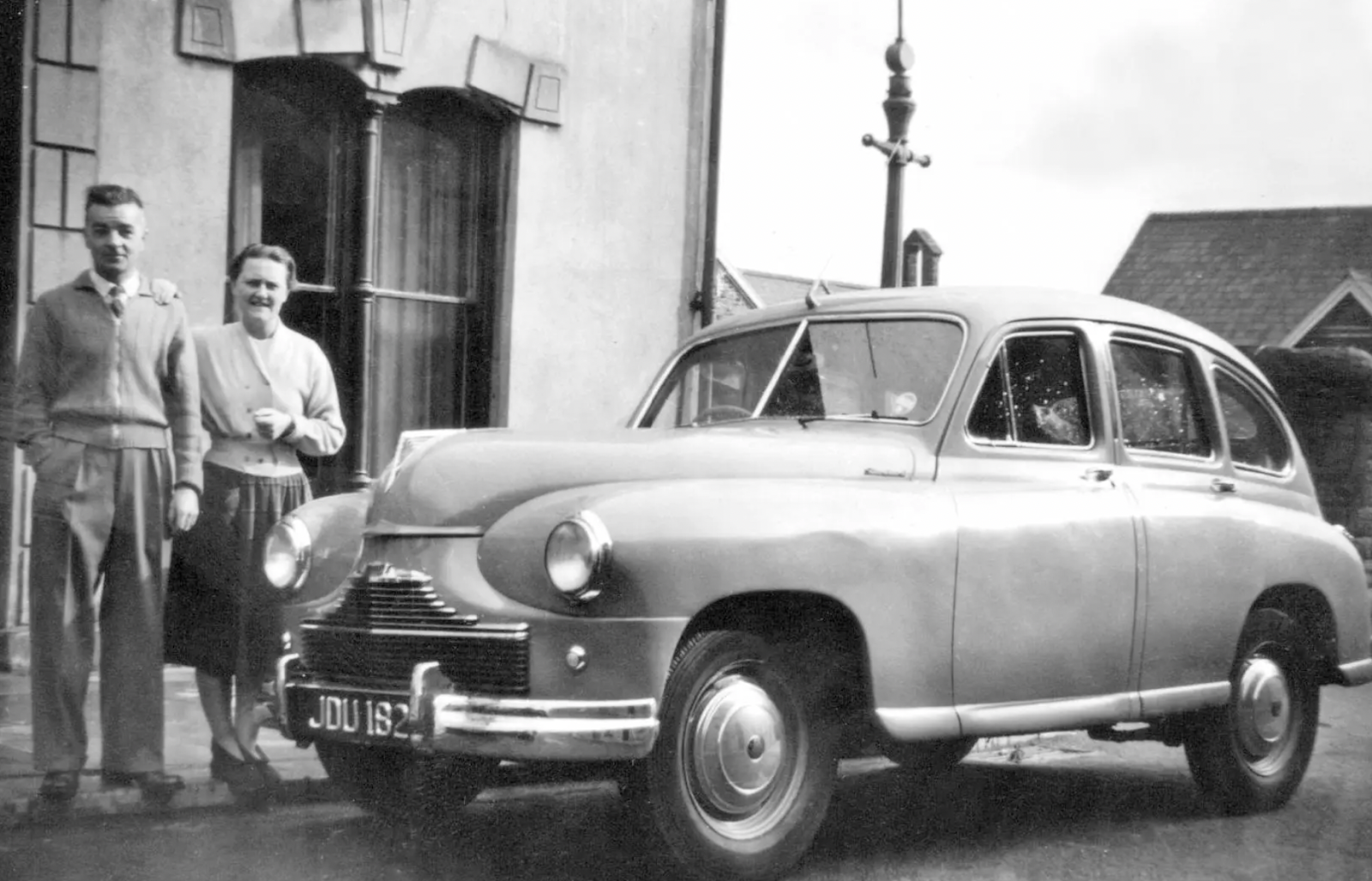
Image: Getty Images
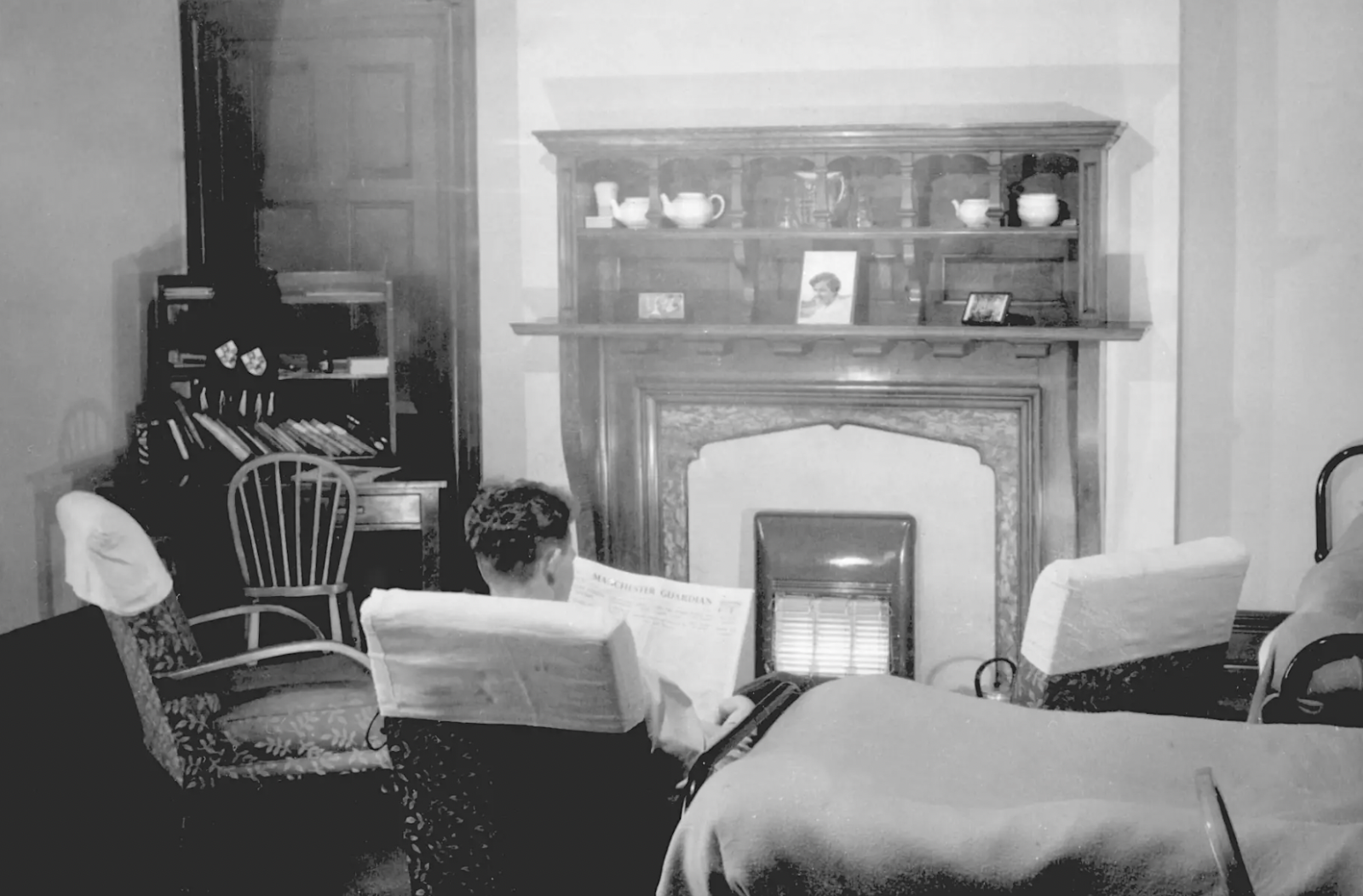
Image: Getty Images
The Emergence of Consumer Culture and Modern Conveniences
The economic prosperity of the 1950s also fueled a consumer revolution, with British households embracing modern technology and home appliances. Televisions became a household staple, allowing families to gather and experience entertainment in a way that was previously unimaginable. By the end of the decade, nearly three-quarters of British homes owned a TV, bringing news, music, and popular culture into living rooms across the country.

Image: Getty Images
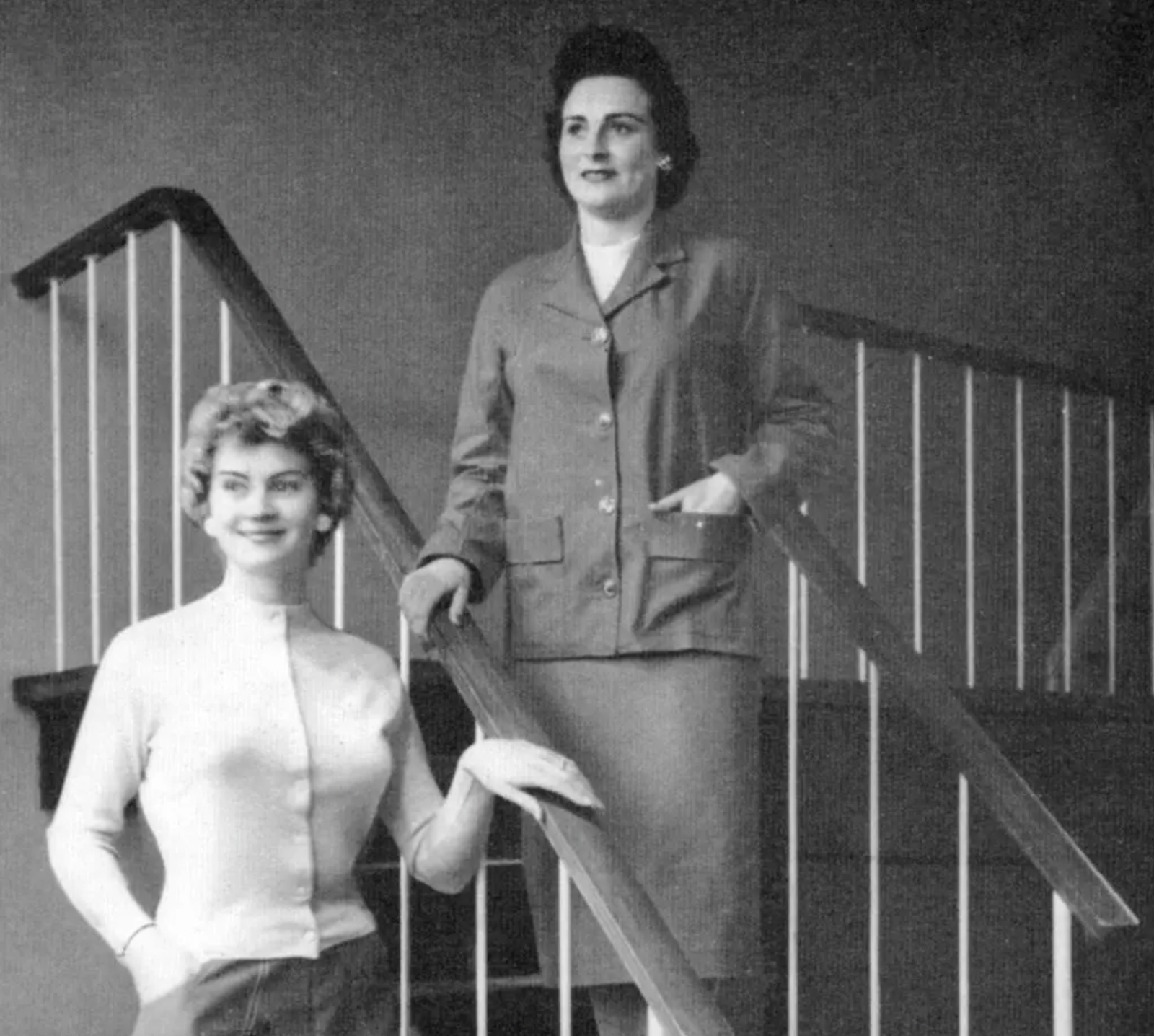
Image: Getty Images
Additionally, other appliances such as refrigerators, washing machines, and vacuum cleaners became more accessible, reducing household labor and giving families more leisure time. The rise of supermarkets and department stores further reflected the growing consumer culture, with families indulging in new products and brands that defined the era.
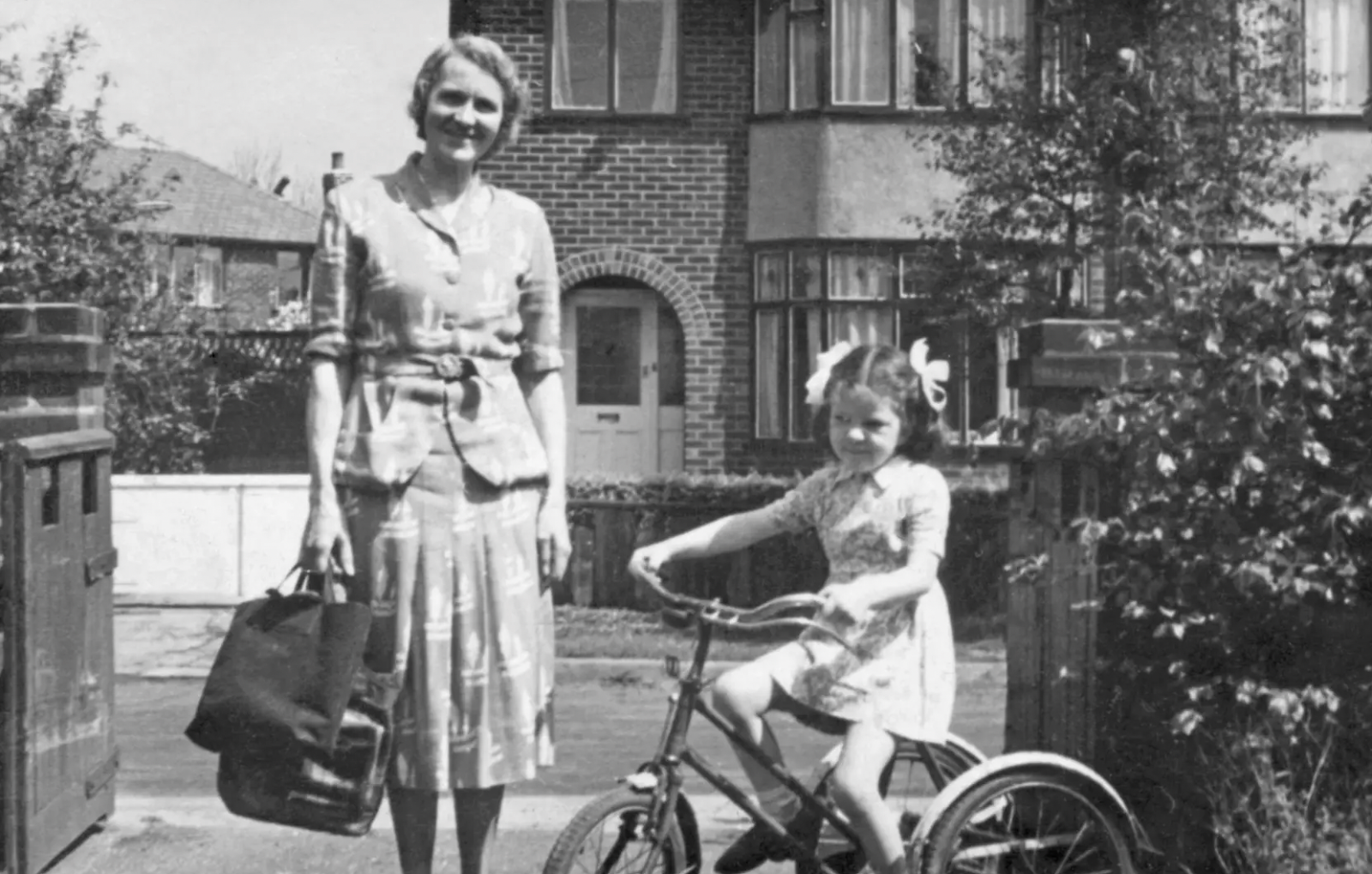
Image: Getty Images
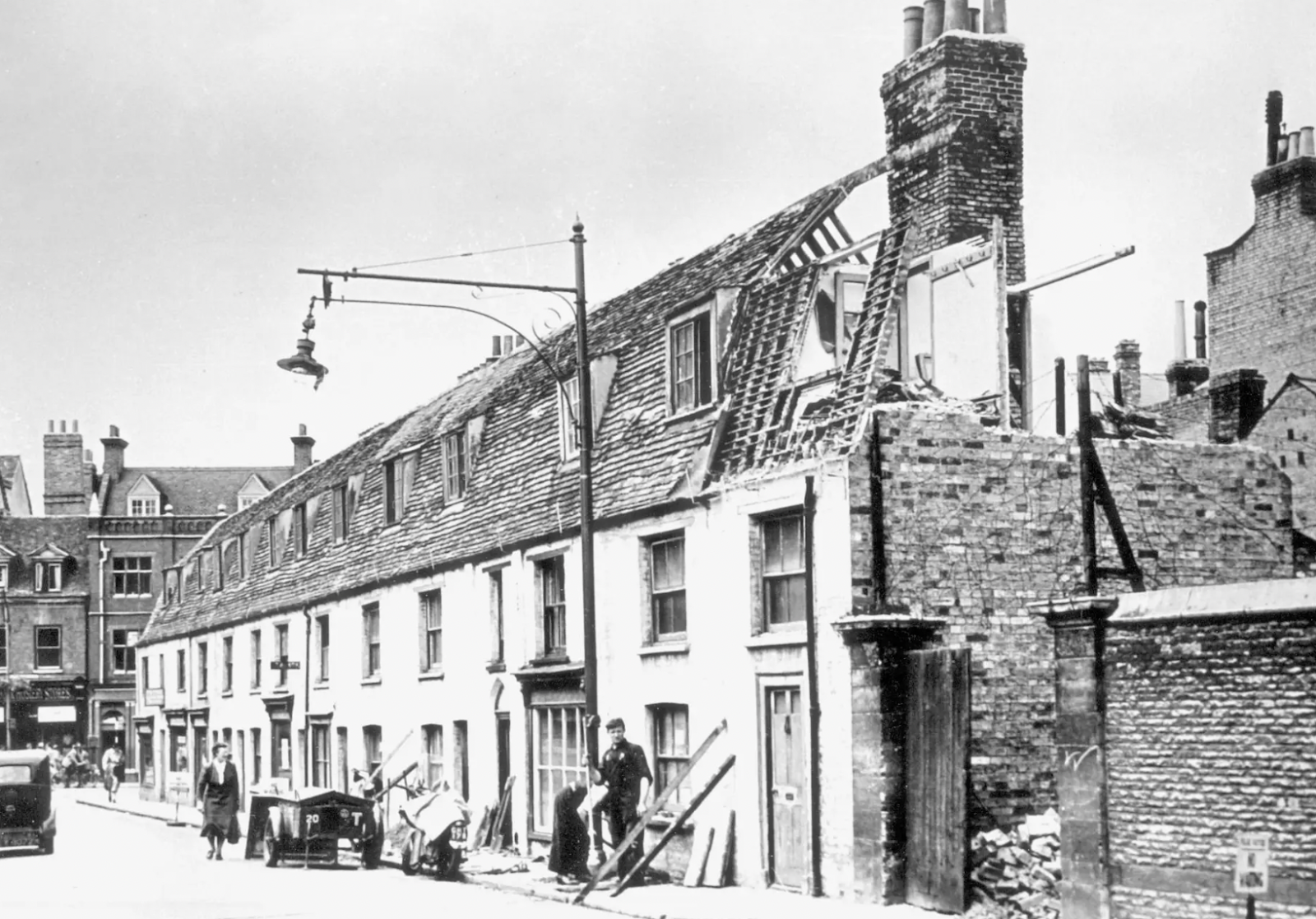
Image: Getty Images
A Legacy That Lives On
The 1950s was a defining decade in England’s history, marking the transition from post-war austerity to economic prosperity. The rapid expansion of housing, the rise in car ownership, and the adoption of modern conveniences reshaped family life, laying the foundation for the consumer-driven society that continues to evolve today.
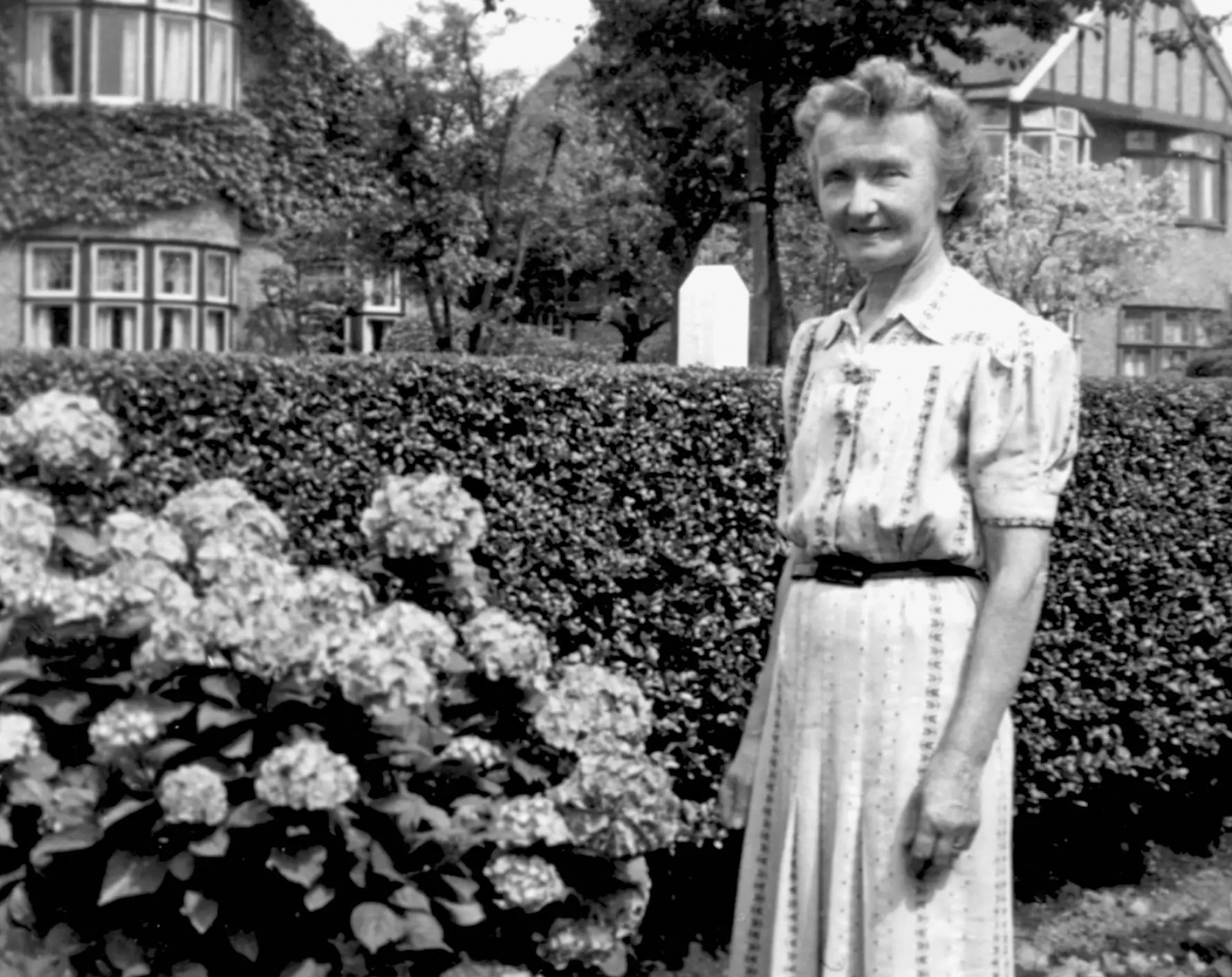
Image: Getty Images
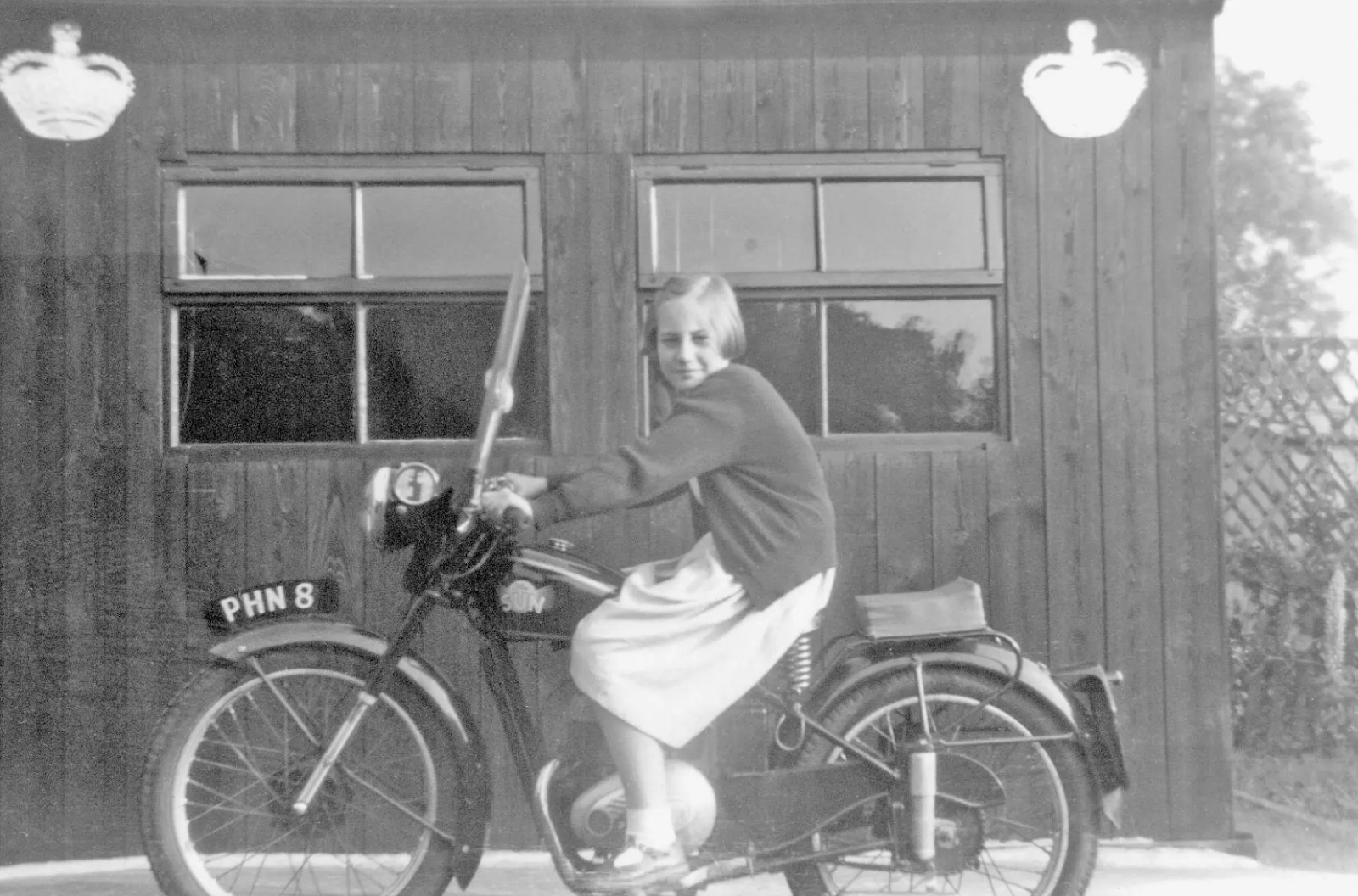
Image: Getty Images
As we look back at these fascinating photographic memories, we gain a deeper appreciation for the resilience and adaptability of British families during this transformative period. Whether through new homes, growing neighborhoods, or the joy of owning a first car, the legacy of the 1950s lives on in the way we experience modern life today.
Curious to learn more about how life in England evolved through the decades? Dive into history and explore the changes that shaped the world we live in!